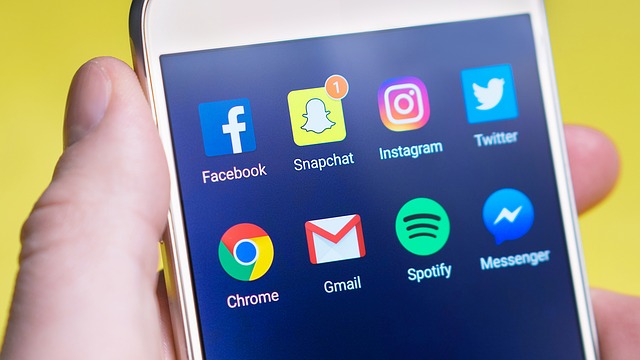Kids are quicker to name a favorite YouTube personality than a favorite television actor, asserts educator Chrissy Romano-Arrabito. Given this trend, she says educators need to try to keep interactions with students more relevant, a goal she tries to achieve through the use of social media in the classroom.
Romano-Arrabito recently won SmartBrief Education’s Editor’s Choice Content Award. In an interview on Education Talk Radio, she spoke about her philosophy of striving to achieve authentic learning in the classroom and her decision to use social media to support that effort.
Romano-Arrabito has been teaching for 25 years in Hackensack, N.J., and she currently teaches fourth-grade at Nellie K. Parker elementary school.
In her effort to blend social media with lessons, Romano-Arrabito said she has occasionally encountered trepidation among teachers, both new and experienced. She often works with young people training to be teachers, and she was surprised by their apprehension to explore the educational possibilities of social media.
“There are ways to dip your toes in the water [of social media tools] without it being so scary,” she said during the interview, pointing out Seesaw as a good entry point because of its closed environment that works well for students of any age to “practice appropriate digital citizenship.”
“I’ve always believed that if it’s the best thing for the kids […] you have to put that fear aside, and you have to do what’s good and right and engaging, because the kids should be at the forefront of everything that you’re doing and thinking and planning for.” Romano-Arrabito said.
Authentic learning
The ultimate goal of using tools like social media to enhance class culture and student engagement is authentic learning, Romano-Arrabito explained. “The idea behind [authentic learning] is I believe that kids should be doing what real people [adults] are doing.” She believes that students should be doing things in school to prepare them for life after school. “They have to learn how to work with one another,” she said. “They have to learn to be kind and empathetic with others.”
Authentic learning, then, results in a certain level of social-emotional learning, pointed out Education Talk Radio host Larry Jacobs. Romano-Arrabito agreed, noting that she devotes much of her time in the first two months of school to building a rapport not only with her students but also with their families.
She said a big mistake many teachers make — and one she admitted to having made herself as a young teacher — is focusing too much on content without recognizing the importance of the social-emotional aspect of kids. “You’re neglecting probably three quarters of who they are,” she said.
Chrissy Romano-Arrabito is a recent winner of the monthly Editor’s Choice Content Award.She tweets @TheConnectedEdu and blogs at theconnectededucator.com. Listen to the full Education Talk Radio interview.
Teresa Donnellan is an editorial assistant for SmartBrief.
______________________________________________
Like this article? Sign up for ASCD SmartBrief to get news like this in your inbox, orcheck out all of SmartBrief’s education newsletters, covering career and technical education, educational leadership, math education and more.
